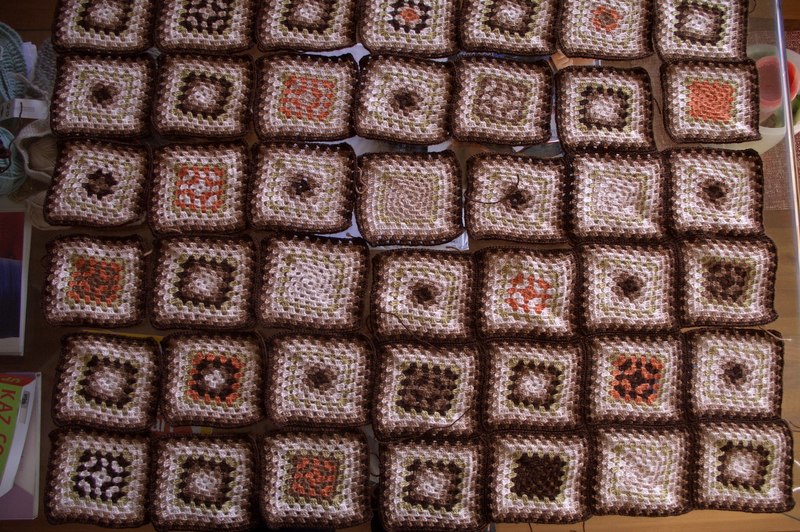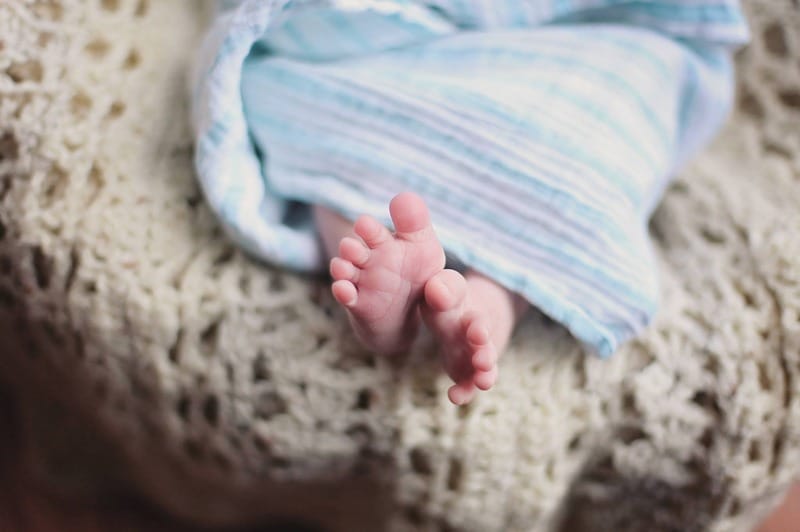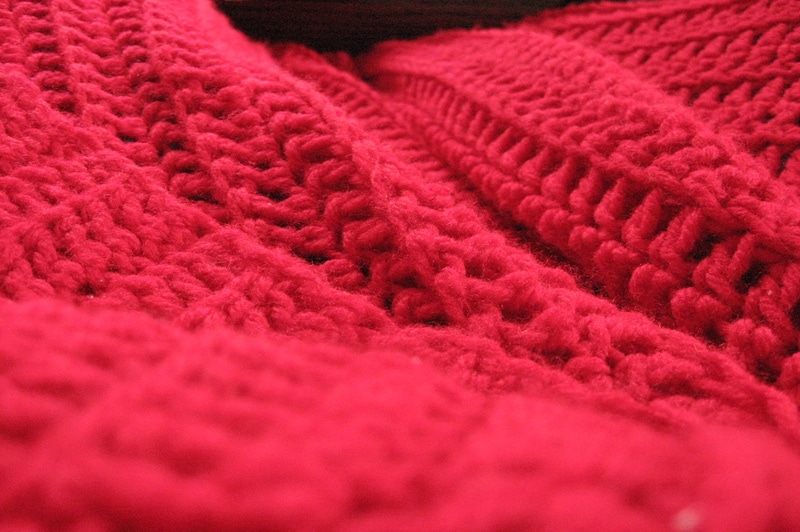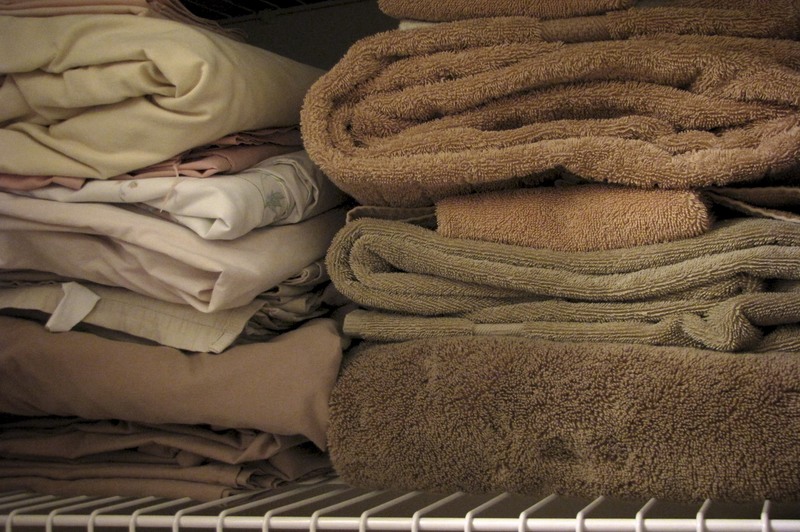It is not easy to make wool blankets last. So it would help if you learned how to clean a Pendleton wool blanket the right way.
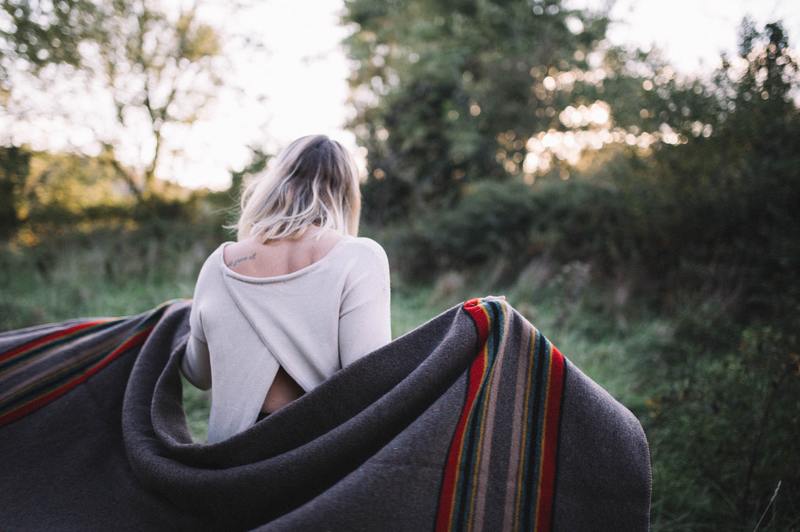
With just your soft and tender hands, you can make it worth every penny!
Pendleton wool blankets have always been a designer must-have. It is only right to know the must-do’s when maintaining these precious ones.
Equipment, tools, and materials you will need
- Soft-bristled brush
- Clean towel or cloth
- Wool-safe detergent
- Water and club soda or distilled vinegar
7 UK Home Steps On How To Clean A Pendleton Wool Blanket
Typically, Pendleton wool blankets are dry cleaned to maintain softness and durability.
However, it is not a joke to spend money on dry cleaning—you know it hurts our pockets!
So. here is another way to clean your vintage-hunter must-have in the comfort of your own homes in the United Kingdom — and pockets, of course!
Step #1. Shrug off the dirt from the blanket
Removal of dirt will help you remove specks of dust from your blanket and make it feel fresh again.
Step #2. Carefully stroke it in the same direction
Remember that you should use a soft-bristled brush in this step. It will allow you to remove embedded dirt from the blanket further.
Step #3. Treat unwanted stains
If you happen to spot a stain in the fabric, it is essential to treat it first. You can use a solution of water and club soda or distilled vinegar.
Step #4. Prepare your blanket in the washing machine
Set up your washing machine with a wool-safe detergent (better it be something without perc) and water. You must take note that you should use COLD water.
The water temperature is so important. Never use warm or hot water if you don’t want your wool blankets to wap or felted.
Soak your blanket in for 15 minutes.
Step #5. Start the washing process
Using a gentle cycle mode or a set dedicated to wool, wash the blanket on your washing machine.
Let it run on the machine for 2 minutes, then do the rinsing. You can do two rinse cycles if you see suds on the material.
Step #6. Pre-dry the blanket
After washing the blanket, roll it in a clean cloth or towel. Moving in a clean cloth will allow absorption of excess moisture for easier drying.
Step #7. Finalise the drying process
Hang the blanket outside on a rack or any clean, sturdy structure. It is better to keep it out of direct sunlight or else it will wap.
Also, you should never put your wool blanket on a dryer, or else its fibres will crush, and the blanket will sink.
Proper storage
If you want a portion of your money to be safe, then keep your Pendleton wool blankets safe!
It would help if you stored it in a tightly sealed bin or a thick plastic bag. You might be worried about pests so that you can put in cedar chips and woodblocks.
It is an old rule of thumb to use mothballs when keeping pests out of beddings and linens.
However, these white balls leave an unpleasant scent on the blankets, and you wouldn’t want that.
Ironing
Usually, you will not need to iron wool blankets. Even so, there are times when those annoying stubborn wrinkles appear.
In this case, you can use a regular iron.
You don’t have to touch the fabric with it, and its steam would do. Just be sure to set it to just 300 degrees.
If you ever touch the fabric with the iron, you might damage your wool blanket. To avoid such an unfortunate thing, do not iron as much as possible.
Repairing
Since Pendleton wool blankets cost money, it expected that doing repairs is not as cheap as you might think.
However, if it so happens that a hole made, you can pinch it and secure it with sewing.
You can also use darning or wool patch kits to cover larger holes.
Still, the best way is to take good care of your blankets to avoid such damages.
Additional tips to cleaning Pendleton wool blankets
- Washing your wool blankets too often might make them shrink and become felted. Wash them every two years or just when the smell is foul already.
- Hanging wool blankets for a few hours every once in a while is one of the best ways to keep them clean.
- Handle it with care! It is essential to use and maintain your wool blankets cautiously.
Treat it as if it is a tiny baby who needs always to keep out of danger.
Conclusion
Just like how a Pendleton wool blanket gives us comfort, we must also give it the care it deserves.
Cleaning is not something as easy as it sounds. One must do it meticulously.
Always remember that the essential part of how to clean a Pendleton wool blanket is to have a pair of tender and gentle hands to do the work.
A must-have is a must-protect.


